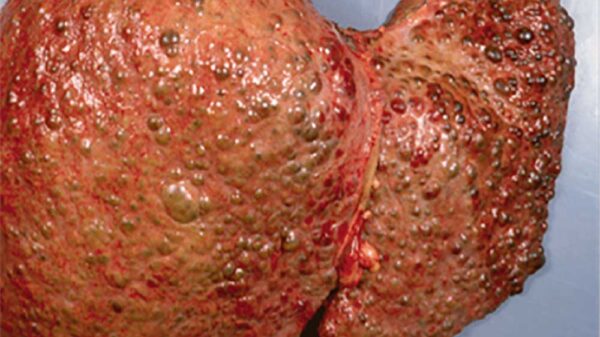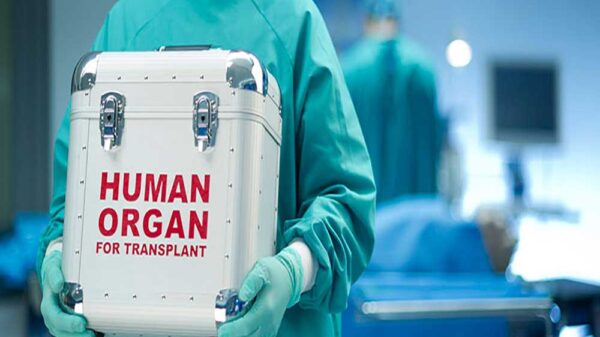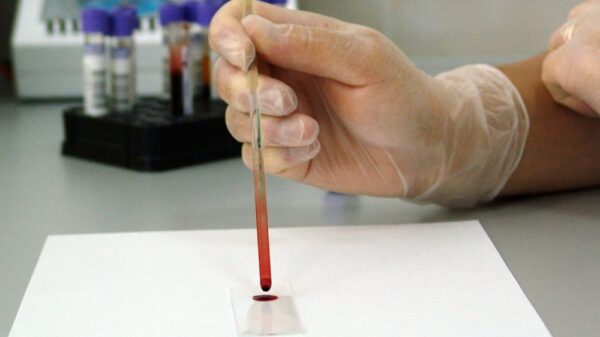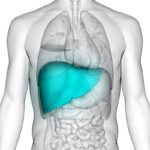A number of medical and scientific advances have led to different procedures and diagnostic tools to determine various illnesses and diseases. People can now check on their health status by undergoing a number of medical tests such as a urinalysis, CBCs (complete blood count), or MRIs (Magnetic Resonance Imaging) to name a few. But can a fecal analysis help determine other forms of illnesses such as those with cirrhosis or those with a higher risk of developing cirrhosis? It turns out, there might be a way to do just this! In this article, we look at how the stool of a patient can be used to check for the possible risk of cirrhosis. We also look at the different other tests that can be used to check for cirrhosis. Read on to find out more!
Cirrhosis and Liver Disease: A General Overview
Diseases of the liver can lead to scarring also referred to as Cirrhosis which can result in a liver that is unable to perform its functions properly. These functions include toxin removal from the system and aiding the body in the digestion process. The sooner or earlier the medical professional is able to detect this condition, the better as further damage can be prevented.
Detection during early stages can be difficult though, as cirrhosis and liver damage will usually not have symptoms or noticeable changes to the patient’s overall liver function. People will normally not be aware that they already have the said medical condition until such time the doctor has run a number of tests or laboratory procedures. For people who are already experiencing some of the symptoms of liver disease such as bleeding, bruising easily, fatigue, and yellowish skin (jaundice) should seek medical attention from their healthcare partner immediately as doctors can recommend that imaging scans and blood tests be conducted to check for any signs of liver cirrhosis.
Stool Samples and Cirrhosis Diagnosis
According to Brian Zimmerman in a short piece, a journal called Cell Metabolism published results showing that a stool sample can be utilized in the diagnosis of NAFLD or non-alcoholic fatty liver disease. This medical condition can lead to more severe health issues such as cirrhosis and cancer. This is possible due to stool harboring some information and data on the microbiome of the gut.
Currently, liver disease is commonly diagnosed or detected during its more advanced stage, and to actually detect this medical condition, an invasive biopsy of the liver is needed. With this development, the researchers believe that it can soon come up with a test that is stool-based which can detect liver fibrosis that is advanced based on patterns of microbes and also contributes to the reduction of patients having to undergo biopsies of the liver.
Other Current Methods to Check for and Diagnose Cirrhosis
While this stool-based test is still being standardized and established, there are other procedures or methods that can help detect and diagnose cirrhosis. Below are some of these methodologies:
- Physical Examination: The doctor will at first ask the patient about his or her family health history, health status, and symptoms. The medical practitioner will then look for other physical symptoms of cirrhosis such as skin with visible red blood vessels, skin or eyes that are color yellow, redness of the palms, excess tissue in the breast (for male patients), size of the liver (which can sometimes be normal or enlarged), and a belly that is swollen.
- Blood Tests: Those who are at risk for cirrhosis or those with symptoms of the said medical condition, the healthcare professional will have blood samples taken. These can aid in identifying symptoms of liver cirrhosis and damage. In addition, the results of the blood test can help the doctor understand the cause of the cirrhosis.
- Liver Tests: These tests on the liver can help in the measurement of protein and enzyme levels that the liver produces. Some of these tests are:
- ALT or Alanine transaminase and AST or aspartate transaminase- These can aid the body in breaking down amino acids and proteins. Both AST and ALT levels in the blood are commonly low. Levels that are high, though, may indicate that the liver has enzymes leaking from it due to damage caused by some form of disease or by cirrhosis. It must be noted though, that people can still have levels that are normal despite the presence of cirrhosis.
- Albumin Test- The protein produced by the liver is called albumin. Once there is liver damage, albumin levels in the blood are reduced.
- Bilirubin Level– Bilirubin is a pigment that is color yellow that are leftover once the breakdown of old blood cells is completed. Normally, a healthy liver can have this pigment removed from the blood via the stool. But if the liver is already experiencing improper functions, then bilirubin can get accumulated in the blood and can result in eyes and skin that turn color yellow also referred to as jaundice.
- Creatinine– Creatinine is the muscles’ waste product. The kidneys can usually have this filtered out of the blood. An increased level of creatinine may be an indication of advanced damage to the kidneys which can also be the result of cirrhosis’ late stages.
- The international normalized ratio or Prothrombin Time– The liver aids the body in the production of substances that can contribute to the clotting of blood. This specific test can verify how well and how quickly blood clots form. If slow blood clotting is observed, then it can be due to liver cirrhosis.
- Sodium Blood test– If the blood’s levels of sodium are reduced or significantly low, it can be a sign that the patient may have liver scarring or cirrhosis. Levels of sodium in the blood that are reduced can also be referred to as hyponatremia.
- Viral Hepatitis Blood Test- This kind of hepatitis can be the result of a virus infection which can lead to cirrhosis and further damage your liver. The test will check for hepatitis C, B, and A.























